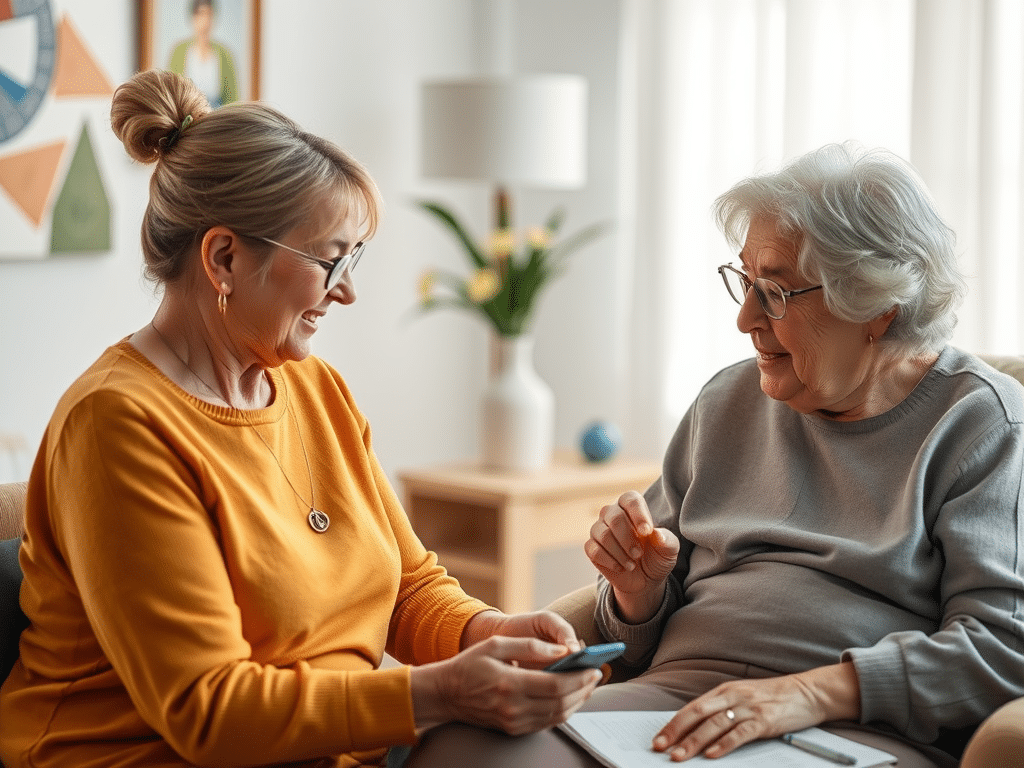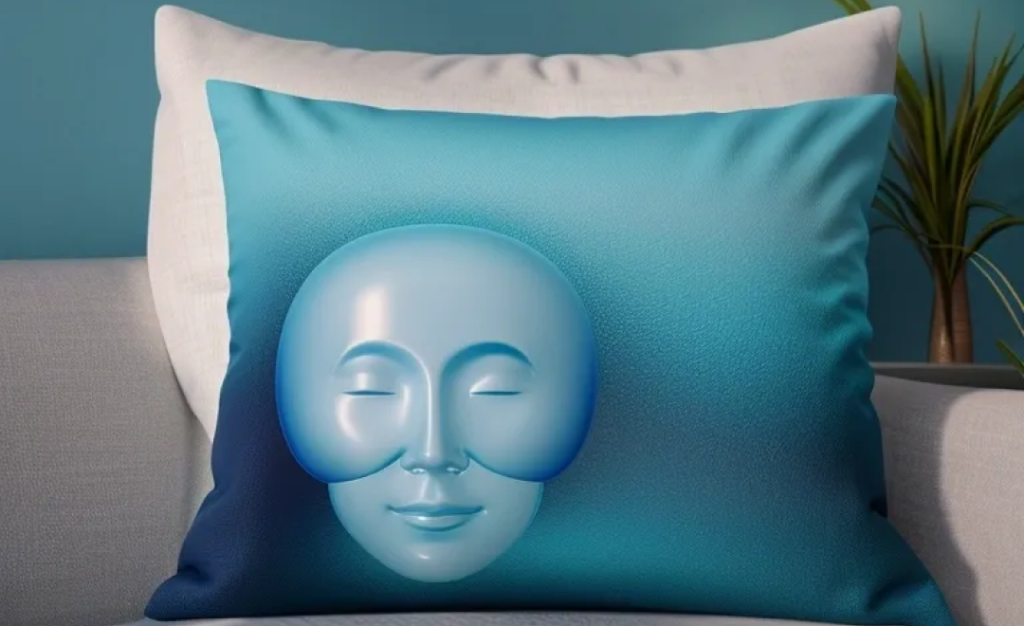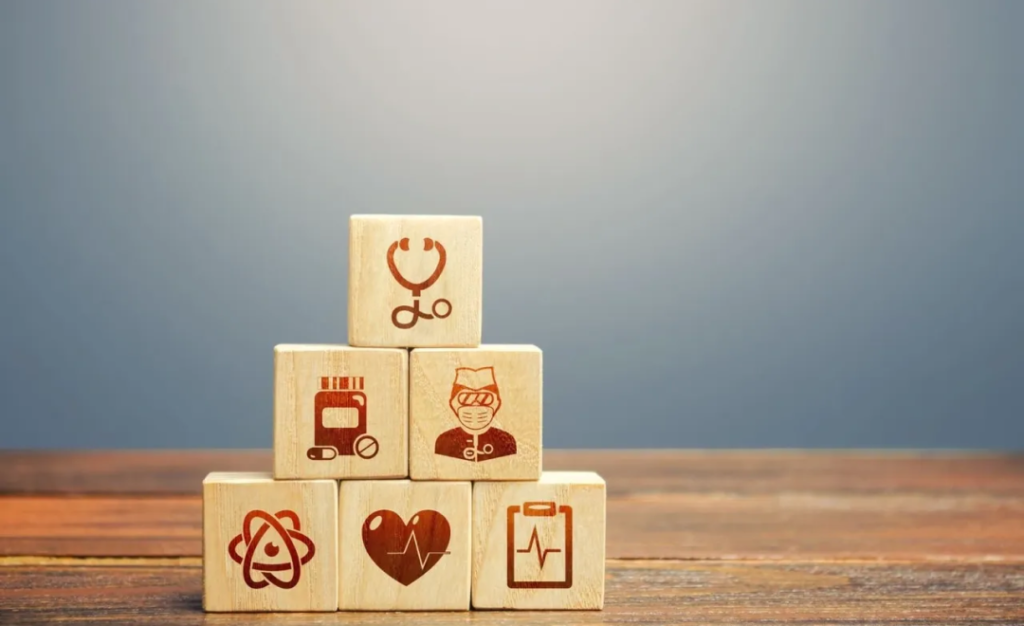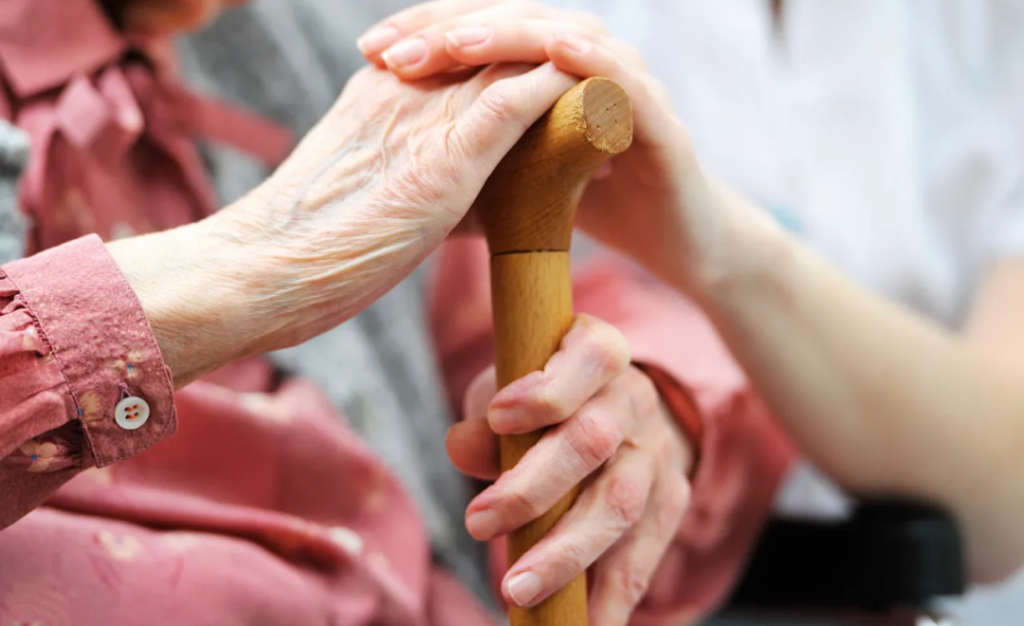Care Technology: Transforming Elderly Care Through Innovation

Introduction:
As the ageing population grows and healthcare systems face mounting pressure, care technology is emerging as a vital solution. By harnessing technological innovation, care providers can revolutionise how services are delivered and experienced, benefiting care professionals and enhancing residents' quality of life. In this blog, we delve into what care technology is, its goals, benefits, and the challenges it brings. Keywords like Digital care solutions and Smart care home technology underline these advancements.
What is Care Technology?
Definition:
Care technology refers to technological solutions designed to improve the quality of care services. These innovations aim to help individuals live safer, more independent, and dignified lives through a wide array of tools, from safety alarms to advanced health monitoring systems. The UK is leading in Elderly care technology, showcasing solutions tailored to the needs of care homes and their residents.
Categories of Care Technology:
- Technology for Safety: Examples include fall detection systems, fire alarms, and emergency alert systems.
- Health Monitoring Technology: Devices like blood pressure monitors, pulse oximeters, and tele-nursing platforms are pivotal for Remote monitoring in care homes.
- Social Contact Technology: Solutions such as video conferencing and digital platforms for staying connected with relatives and professionals play a vital role in Technology-assisted living for seniors.
By integrating these technologies, care providers can deliver more efficient, accessible, and person-centred services.
Goals of Care Technology
1. Improving Quality of Life
Care technology enhances residents' independence, whether they are elderly, living with chronic conditions, or managing disabilities. By automating tasks and monitoring health, it empowers individuals to lead more fulfilling lives, a hallmark of Smart care home technology.
2. Increasing Efficiency
Automating routine tasks like monitoring and reporting allows care professionals to focus on complex and urgent needs, improving the overall efficiency of Care home software systems.
3. Expanding Accessibility
Remote monitoring and telehealth solutions make care services accessible to individuals in remote areas or where staffing shortages exist, ensuring no one is left behind.
4. Enhancing Safety
Technologies like Fall Detection Sensors and GPS tracking provide an extra layer of safety, giving peace of mind to residents and their families.
5. Enabling Better Information Flow
Seamless integration of data across systems ensures care teams have access to real-time information, improving collaboration and decision-making in Innovations in residential care technology.
Examples of Care Technology
1. Fall Sensors
Fall sensors detect unusual movements and alert caregivers, enabling rapid response to prevent or address falls. These are essential tools in Assistive technology in care homes.
2. GPS Tracking for Dementia Patients
This technology ensures the safety of individuals who may wander, allowing caregivers to locate them quickly.
3. Smartcare Platforms
These platforms enable secure communication between residents and professionals, supporting video consultations, medical data sharing, and alarm management, a cornerstone of Care home software systems.
4. Smart Medicine Dispensers
These devices dispense correct doses of medication while providing reminders, reducing the risk of errors and promoting Technology-assisted living for seniors.
5. Virtual Rehabilitation
Customised exercise programmes guided by physiotherapists allow residents to recover at home, leveraging Innovations in residential care technology.
6. Mobile Health Applications
Apps that track health metrics empower users to take charge of their well-being, supporting Digital care solutions.
7. Mental Health Solutions
Digital therapy sessions and stress-monitoring tools offer accessible mental health support.
Opportunities and Benefits of Care Technology
Opportunities:
- Independence: Enables residents to perform tasks independently.
- Remote Care: Facilitates monitoring and support from afar, a core feature of Remote monitoring in care homes.
- Customised Solutions: Tailors care to individual needs.
- Strengthened Interaction: Improves collaboration among care teams and institutions.
Benefits:
- Efficiency: Frees up professionals to focus on critical tasks, enhancing Care home software systems.
- Cost Savings: Reduces hospital visits and resource strain.
- Improved Quality of Life: Combats isolation and enhances social participation.
- Peace of Mind: Provides assurance to residents and their families through Fall Detection Sensors and other tools.
Assistive vs Care Technology
Assistive Technology
- Focuses on specific tasks (e.g., wheelchairs, hearing aids).
- Provides one-way interaction, requiring user operation.
Care Technology
- Incorporates advanced systems like IoT sensors and data analytics.
- Adapts dynamically to users' needs and offers two-way interaction.
By offering a more holistic approach, care technology goes beyond basic assistance to transform health and care delivery with Smart care home technology.
Challenges and Risks of Care Technology
Privacy Concerns
Protecting sensitive health data is paramount. Robust cybersecurity measures are essential to maintain trust.
Technological Barriers
Elderly users or those unfamiliar with technology may struggle to adapt. Adequate training and support are necessary to maximise the benefits of Elderly care technology.
Costs
Initial investments in equipment, implementation, and training can be significant but are often offset by long-term savings through Digital care solutions.
Technical Failures
Malfunctions or errors can disrupt care services, highlighting the need for reliable systems and contingency plans.
Resistance to Change
Both care professionals and residents may be hesitant to adopt new technologies, necessitating clear communication of benefits.
Costs Associated with Care Technology
Initial Investments
Costs include purchasing devices, installation, and staff training.
Operating Expenses
Ongoing costs include maintenance, software updates, and subscription fees.
Potential Savings
Care technology reduces hospitalisations and enables resource optimisation, yielding long-term financial benefits for Care home software systems.
Public grants and funding schemes can help offset initial expenses, making these technologies more accessible.
Who Benefits from Care Technology?
1. The Elderly
Increased safety, independence, and quality of life through tools like Fall Detection Sensors and medication dispensers.
2. People with Disabilities
Solutions such as motion sensors and voice-activated devices empower individuals to lead independent lives.
3. Healthcare Professionals
Streamlined workflows and efficient monitoring allow more time for personalised care.
4. Relatives
Care technology provides peace of mind by keeping families informed about their loved ones' well-being.
5. Society
Reduced strain on healthcare systems and improved public health outcomes benefit communities at large.
Sustainable Aspects of Care Technology?
Efficient Resource Use
Digital tools reduce the need for physical infrastructure and manual labour, minimising environmental impact through Technology-assisted living for seniors.
Accessibility
Technologies make healthcare more accessible to underserved populations, fostering inclusivity.
Reduced Transport Needs
Telehealth reduces the carbon footprint associated with travel for medical appointments.
Data-Driven Prevention
Preventative care supported by accurate data reduces unnecessary treatments, saving resources.
Social Sustainability
By improving care quality and accessibility, care technology supports equity and social well-being.
Conclusion
Looking to implement innovative care technology solutions in your care setting? Spark Care is here to guide you. Contact us today to explore how our expertise in Smart care home technology, Care home software systems, and Elderly care technology UK can elevate your care services.
Care technology represents a transformative step forward in addressing the challenges posed by an ageing population and a strained healthcare system. While it cannot replace the human touch in caregiving, it complements traditional care with innovative solutions that enhance safety, efficiency, and quality of life.
As the demographic landscape shifts and the demand for care rises, adopting care technology is no longer optional – it is essential. By embracing these advancements, we can create a future where care services are not only sustainable but also dignified and empowering for all involved.




